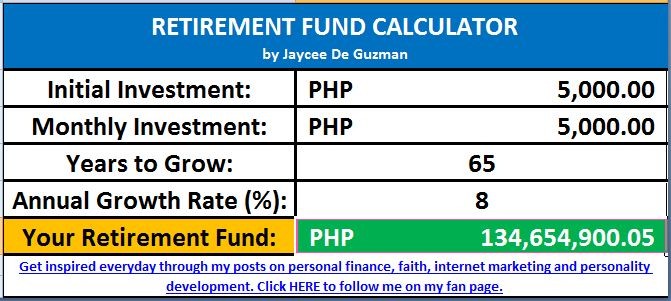Stock Market Investing The Golden Rule of Investing
Post on: 11 Апрель, 2015 No Comment

If there is a golden rule of investing, it should be the discipline to cut your losses when a stock drops 7-10%. The usual protest to this idea is what if the stock goes right back up, as I know it’s going to do? I’ve lost 10% of my money for no good reason.
Let’s take a logical look at this argument. If a company’s stock price drops 8%, it can then do three things. It can go right back up (but then why did it take a big drop in the first place? Hmmm), stay right where it is, or most likely drop even further. Sorry, but dropping to even a lower price is what’s most likely to happen.
For example, you buy a stock at $25.00, it drops to $23 where you sell and take a $2 loss. Over several weeks or months, you watch it drop down and hold at a support level of $17 to $19. The price begins to move up so you buy back in at $20. A month later it is back to $25.00.
If you had simply held on to the shares, you are now back to a break-even point. But by getting out early then buying back in as it began to come back, you made $5, minus the $2 loss, for a gain of $3 per share. Not only that, you protected your investment from greater loses if the stock continued falling and not regaining its old price level. This happens all the time!
I know so many investors that have stocks in their portfolios of good companies, and the stock seemed fairly priced and had great potential when they purchased it. They bought IBM at $125, then watched it drop to $65.00. They bought AT&T at $60, then watched it drop to $9.00. They bought Enron at $70.00, then watched it drop to $0.00.
And what were they saying while the stock was tanking? “This is a good, solid company. The price will go right back up. I can’t sell it now, at a loss!” Then they would say something like “I’m going to hang on to it until I just get even.” Do you want stocks in your portfolio that the best that you are hoping for, is to break even?
I know this sounds silly that a person would hold on to losers, but believe me, most people do. Don’t let yourself become trapped by a stock that’s costing you money. The only good stock is one that’s making money for you.
It is also likely that if most of your stocks are dropping in price (assuming you have selected them based on their growth and solid earnings performance), then the whole market may be in a downturn. The Nasdaq lost 75% of its value from March 8, 2000 to July 20, 2002. The S&P 500, from January 1973 to September 1974, lost 43%.
A smart investor, rather than trying to beat a bear market, will keep his cash on the side, ready to jump in when the next bull market takes off. That is the time to shop for bargains in discounted, solid companies.
So I’ll repeat this golden rule of investing: cut your losses when a stock drops 7-10%. All big losses start out as small ones.
Investing should not be ”buy, hold, and keep your fingers crossed”. Invest the right way and you won’t have to worry about your investments. You want to sleep at night.














